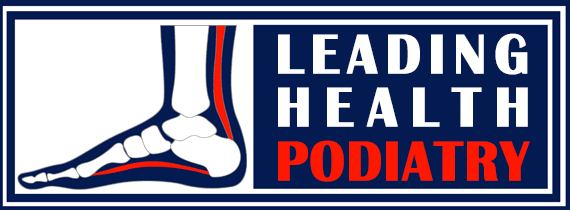Compartment Syndrome
What is Compartment Syndrome?
Compartment syndrome is a painful condition that occurs when pressure builds up within the compartments of your lower leg, affecting muscles, nerves, and blood vessels. These compartments are groups of muscles enclosed by a connective tissue sheath, allowing them to work together optimally. However, when muscle swelling or bleeding occurs, it can increase pressure inside the compartment, leading to compression of nerves and blood vessels, causing severe pain and dysfunction.

Types of Compartment Syndrome
Acute Compartment Syndrome
This type is more severe and requires immediate medical attention. It usually results from trauma or injury, such as a car accident or a sports injury. When the muscle or bone is injured, blood fills the compartment, raising the pressure and causing pain, nerve compression, muscle weakness, and difficulty receiving oxygen. Without prompt treatment, this condition can lead to permanent damage.Chronic Exertional Compartment Syndrome (CECS)
Unlike acute compartment syndrome, CECS is not a medical emergency but can become a recurring issue, especially for athletes. This condition typically arises after intense exercise when blood flow increases and muscles swell, creating temporary pressure within the compartments. It often affects the anterior (front) compartment of the leg and can be mistaken for shin splints or stress fractures. Symptoms include increasing pain during exercise, numbness, tingling, or weakness in the foot. The pain generally subsides after the activity stops.
Causes & Risk Factors
The causes of compartment syndrome vary between acute and chronic cases. Acute compartment syndrome is commonly triggered by injury, trauma, or excessive swelling in the muscles. Chronic exertional compartment syndrome is linked to repetitive physical activity, especially running, cycling, or other strenuous exercises that strain the leg muscles. Factors like poor biomechanics, inadequate footwear, and overtraining may contribute to the development of chronic compartment syndrome.
Symptoms of Compartment Syndrome
- Severe pain, especially in the lower leg
- Numbness, tingling, or a burning sensation
- Weakness in the foot or difficulty moving the toes
- Pain that intensifies during exercise or activity
- Muscle swelling or tightness
- Difficulty pointing the toes upward (dorsiflexion)
Treating & Preventing Compartment Syndrome
Acute Compartment Syndrome
This condition requires urgent medical intervention, often including surgery to relieve the pressure and prevent permanent damage.Chronic Exertional Compartment Syndrome (CECS)
Treatment focuses on relieving pressure and preventing recurrence. Our team at Leading Health Podiatry will conduct a thorough assessment of your foot and leg biomechanics, gait, training habits, and footwear to tailor a treatment plan. Approaches may include:- Modifying training schedules or techniques
- Gait retraining
- Custom foot orthotics to improve muscle function and reduce strain
- Footwear assessment to ensure proper support
For effective management of CECS, it’s recommended to rest and avoid activities that trigger symptoms until you consult with a podiatrist.
Get Relief from Compartment Syndrome
If you’re experiencing symptoms of compartment syndrome, consult with our experienced podiatry team at Leading Health Podiatry for personalised care. We will assess your condition and develop a treatment plan to alleviate your pain and prevent future issues.
